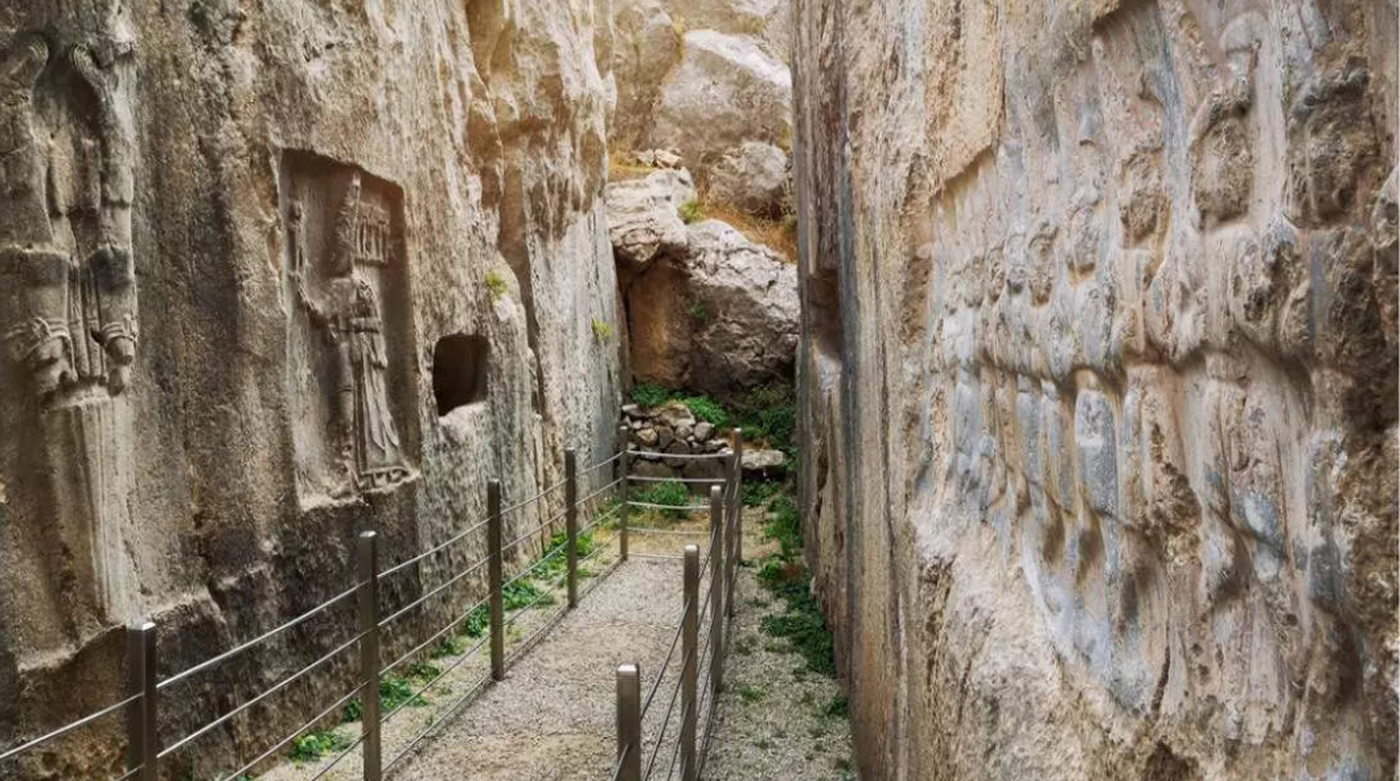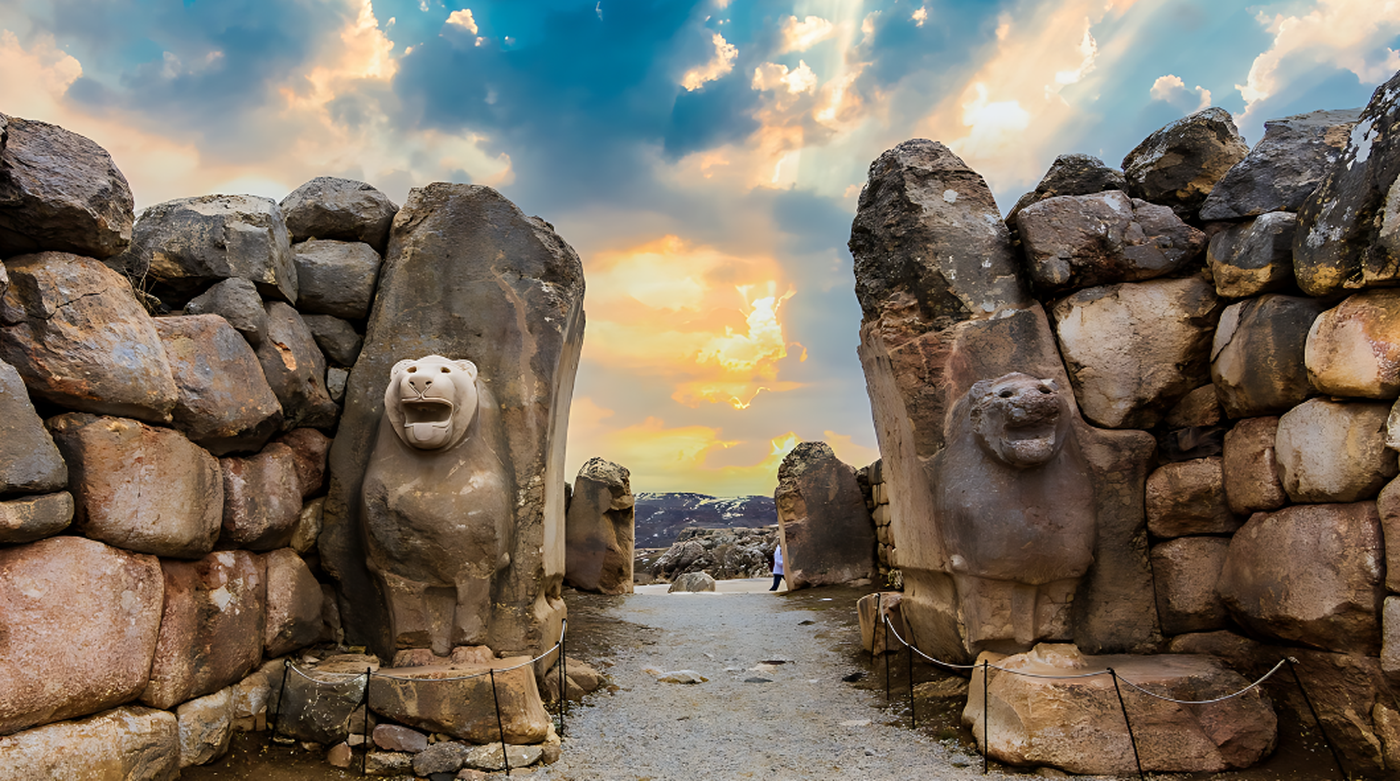Hattusa, once the flourishing capital of the Hittite Empire, now lies as a captivating archaeological site in Turkey. Recognized by UNESCO in 1986, this site preserves an array of ancient temples, fortifications, and royal residences, providing a window into the past glory of the Hittites.
Historical Significance and Sites
Beyond Hattusa, the region is dotted with significant Hittite sites like Alacahöyük, Yazilikaya, Sapinuwa, and Kültepe. These locations offer additional insights into the Hittite Empire's vast reach and influence during the late Bronze Age, around 4,000 years ago.

Hattusa's Prime and Architectural Marvels
At its peak, Hattusa was a major city, extending from the Aegean Sea across Anatolia to northern Syria. Its strategic importance is evident from its elaborate structures, such as the Royal Gate and Lions Gate, and the extensive city walls that spanned about 5 miles, featuring over 100 towers and rich decorations.
Archaeological Discoveries and Insights
Excavations in Hattusa have unearthed the Bogazkoy Archive, which contains thousands of clay tablets. These tablets are vital in understanding the Hittite civilization, with records ranging from legal codes to peace treaties, offering a glimpse into their advanced societal structures.
Visiting Hattusa and Nearby Sites
Today, Hattusa invites visitors to explore its ancient ruins and marvel at the art and architecture that have stood the test of time. Nearby, the site of Yazilikaya showcases exquisite Hittite relief art, while Alacahöyük reveals artifacts from even earlier times, enriching our understanding of this ancient civilization.








